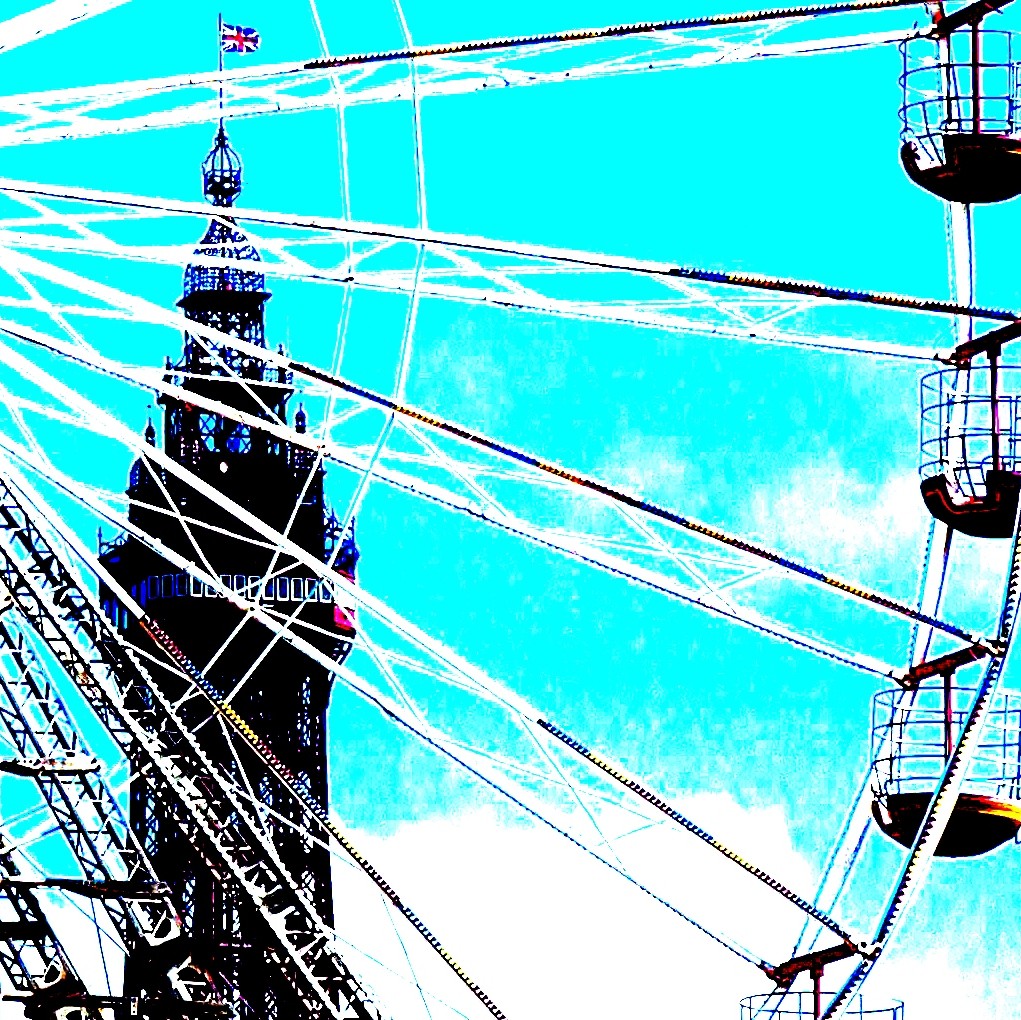Our name for swirling flocks of waders
Bird-whirlies

We went out to meet the high tide
(14 April/1314hrs/8.51m)
to be greeted by hundreds of waders
gathering at the water’s edge
as the incoming tide pushed forwards

Ribbons of birds twisted and turned
above a gentle Irish Sea
How they don’t crash into each other
is a mystery
They land en masse,
peck for tiny morsels,
then take-off again and again



Whirring wings and constant chattering they take flight as one
A breath-taking spectacle

Dunlin, knot, ringed plovers, redshank
are often found in each other’s company
It’s the breeding season
which helps identification (a bit!)
Dunlin are easy to spot
with their little charred black bellies


Birds follow the receding tide









